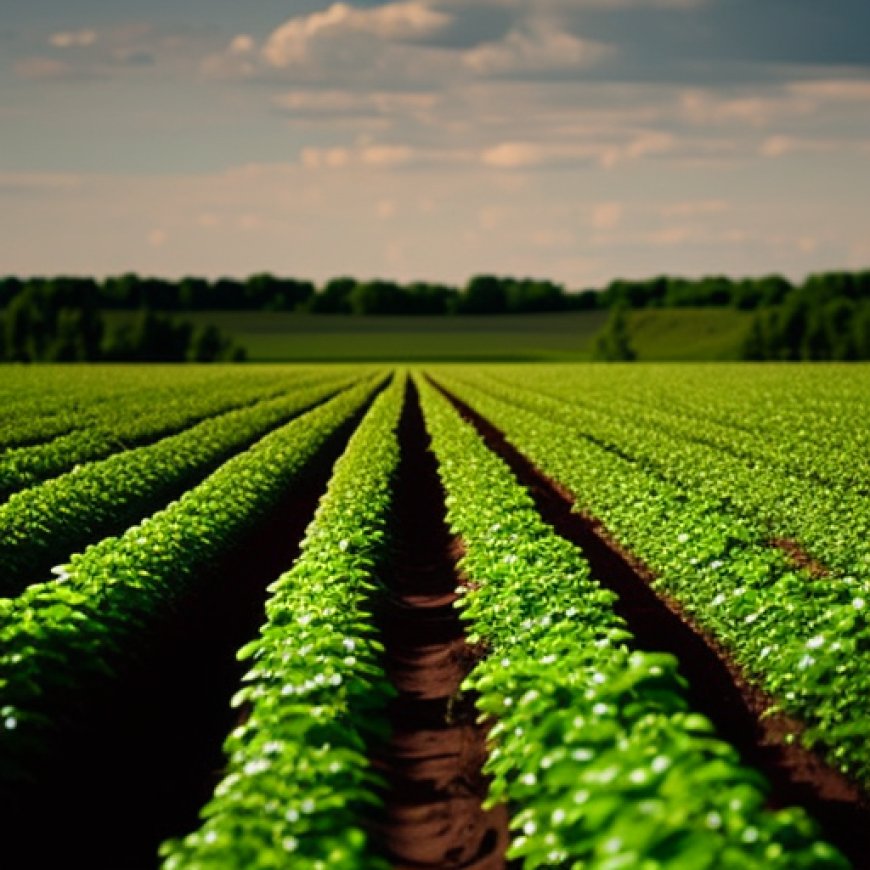Agricultural land lost to development in Ohio – Ohio Ag Net | Ohio’s Country Journal


Conversion of Agricultural Land to Developed Land in Ohio

By Mujahidul Islam (PhD student), Ani Katchova (Professor and Farm Income Enhancement Chair), and Carl Zulauf (Professor Emeritus) in the Department of Agricultural, Environmental, and Development Economics (AEDE) at the Ohio State University
A topic of increasing interest in Ohio, conversion of agricultural land to developed land is examined. Highlights of this report are:
- Between 2001 and 2021, agricultural land in Ohio has declined by 268,430 acres or 2.04%.
- Development accounted for 48% of the decline in agricultural land.
- Ohio’s loss of agricultural land is close to the 55% average for eight Midwest states examined by Islam, Katchova, and Zulauf (2024).
- Conversion of agricultural to developed land is concentrated in Ohio’s 14 Metropolitan Statistical Areas (MSAs). They accounted for 78% of all Ohio’s agricultural land lost to development.
- Franklin and Delaware Counties within the Columbus MSA lost the most agricultural land to development during the 21st Century: 13,170 and 9,547 acres, respectively.
- Within the City of Columbus, 19,670 agricultural acres were lost to development inside a 3-mile distance from the city boundary. The cities of Toledo and Dayton had the next highest ag-to-development loss inside the 3-mile distance: 1,976 and 1,901 acres, respectively.
SDGs, Targets, and Indicators
-
SDG 15: Life on Land
- Target 15.1: By 2020, ensure the conservation, restoration, and sustainable use of terrestrial and inland freshwater ecosystems and their services, in particular forests, wetlands, mountains, and drylands, in line with obligations under international agreements.
- Indicator: Percentage of land area covered by forest (mentioned in the article as agricultural land being converted to developed land)
-
SDG 11: Sustainable Cities and Communities
- Target 11.3: By 2030, enhance inclusive and sustainable urbanization and capacity for participatory, integrated, and sustainable human settlement planning and management in all countries.
- Indicator: Percentage of land area that is urbanized (mentioned in the article as agricultural land being converted to developed land in Ohio’s Metropolitan Statistical Areas)
Table: SDGs, Targets, and Indicators
| SDGs | Targets | Indicators |
|---|---|---|
| SDG 15: Life on Land | Target 15.1: By 2020, ensure the conservation, restoration, and sustainable use of terrestrial and inland freshwater ecosystems and their services, in particular forests, wetlands, mountains, and drylands, in line with obligations under international agreements. | Percentage of land area covered by forest (mentioned in the article as agricultural land being converted to developed land) |
| SDG 11: Sustainable Cities and Communities | Target 11.3: By 2030, enhance inclusive and sustainable urbanization and capacity for participatory, integrated, and sustainable human settlement planning and management in all countries. | Percentage of land area that is urbanized (mentioned in the article as agricultural land being converted to developed land in Ohio’s Metropolitan Statistical Areas) |
Source: ocj.com









